In the environment of healthcare, regardless of the nation or region, concentrated team efforts to provide higher quality patient care are always better than institutions trying to do everything on their own. Organizations and other institutions of healthcare that voluntarily come together in order to provide coordinated, high quality care efforts to their patients are, today, known as accountable care organizations, or ACO’s. “ACO has become the three-letter health acronym of the year, if not the decade.”— Steve Lieberman, a visiting scholar at the Engelberg Center for Health Care Reform
ACO’s have been becoming a widely notorious and popularized thing, and the term itself became, not surprisingly, extremely widespread throughout 2011, when the idea itself only took up about seven pages of the huge Affordable Care Act. As the infancy phase of this collective care strategy begins to distance itself, its young and middle childhood is starting to build the foundation on which the rest of its longevity will rest. As mentioned in said healthcare bill, the primary duties of ACO’s include managing the care needs of a minimum of five thousand healthcare beneficiaries for a minimum of three years. It primarily functions in that it “brings together the different component parts of care for the patient – primary care, specialists, hospitals, home health care, etc. – and ensure that all of the parts work well together,” according to NPR.org.
Read More: Features to look out for in an EHR
One of the aims and overall goals that ACO’s are attempting to achieve is the localization and centralization of healthcare for patients. One of the noticeable issues our healthcare system faces today is quite the opposite: people are getting their care separately and in chunks, having to assemble their own services themselves instead of already being provided the full package in a more direct way. In order for the latter to become a reality, though, ACO’s have got to prove their working abilities. They need to illustrate that their services do indeed work better and cost less in order to persuade paying patients to subscribe to them.
Another larger and big-picture-contributing solution that ACO’s provide, a large reason as to why they were included in the bill in the first place, is the money-saving benefits. The current generation is going to severely feel the hard-hitting effects that this nation’s high healthcare costs are going to freely and without-care administer, and if this doesn’t call for healthcare transformation, I don’t know what does. With the combination of efforts and financial resources that ACO’s offer, there’s more room for savings, as long as quality targets are met. Of course, this strategy isn’t perfect, and there is the risk of some providers losing money because of the multifaceted, yet singular approach ACO’s take. If one department is doing well whilst the others are not for whatever that reason may be, the department doing well is going to be keeping the largest portion of the savings. It’s not an overly complicated concept by any means, and, perhaps, its simplicity has more to offer than other healthcare solutions have in the past.
Then there’s the question of how ACO’s would primarily receive the money they need that would constitute said portion of savings. America’s Medicare possesses the traditional fee-for-service payment system, which consists of patients paying a certain sum of money, with or without the help of health insurance, in order to cover the cost of the healthcare service they received. This, in turn, means that doctors and hospitals get paid more when they have to administer more services to the patient, which, as another result, drives up costs. ACO’s would not rid of fee-for-service per say, but give healthcare providers more motive to offer their patients more savings by offering bonuses when providers lower their costs whilst simultaneously keeping quality at the highest it can be. Because ACO’s are a method of population health management, they work best when they aim for disease prevention, maintaining healthy populations, treating patients with chronic illnesses carefully, and, generally, keeping people out of the hospital altogether. By successfully managing such tasks, ACO’s would receive the most amount of money at the least expense.
The idea of centralized healthcare efforts that aim to reduce costs, increase quality of care, and save the government money will, most likely, seem appetizing to most at face-value, most especially here in the United States, a nation that is desperately screaming for healthcare reforms and system substitutions. However, just like everything else, ACO’s are not a flawless idea. Our nation’s healthcare system has a tendency to rapidly and, sometimes blindly, move towards new ideas without working out the kinks and other possible outcomes they may have. “There is always a risk that these ACO’s will be formed with the aim of exercising market power which could offset the savings from Medicare, resulting in increased healthcare costs”
Read More: Top 15 EHR Vendors of 2019
At its current state, the U.S. cannot afford to have a conundrum of a healthcare bill, and although ACO’s are still young in the game, the time needed to fully see how they perform, with either the current or a future liberal administration, will be expended.
It’s easy to micromanage and worry about what could go wrong with ACO’s, but in reality, no matter the outcomes they continue to give us, they’re still an enormous trend with enormous expectations. There’s really no need to worry too much at all because doing so would be like worrying about not being able to make extra money on the next paycheck that you know is going to completely cover the costs of this month’s bills and other expenses; it’s not really a necessary worry. The United States’ healthcare system needs as much reform and change as it can be possibly get, and, as of now, it seems as though ACO’s are, if not a permanent solution, a running-start to the endeavor itself.




More Stories
The Future of Radiology Information System
How To Buy EHR Software in 6 Steps
Information security guide for small healthcare businesses